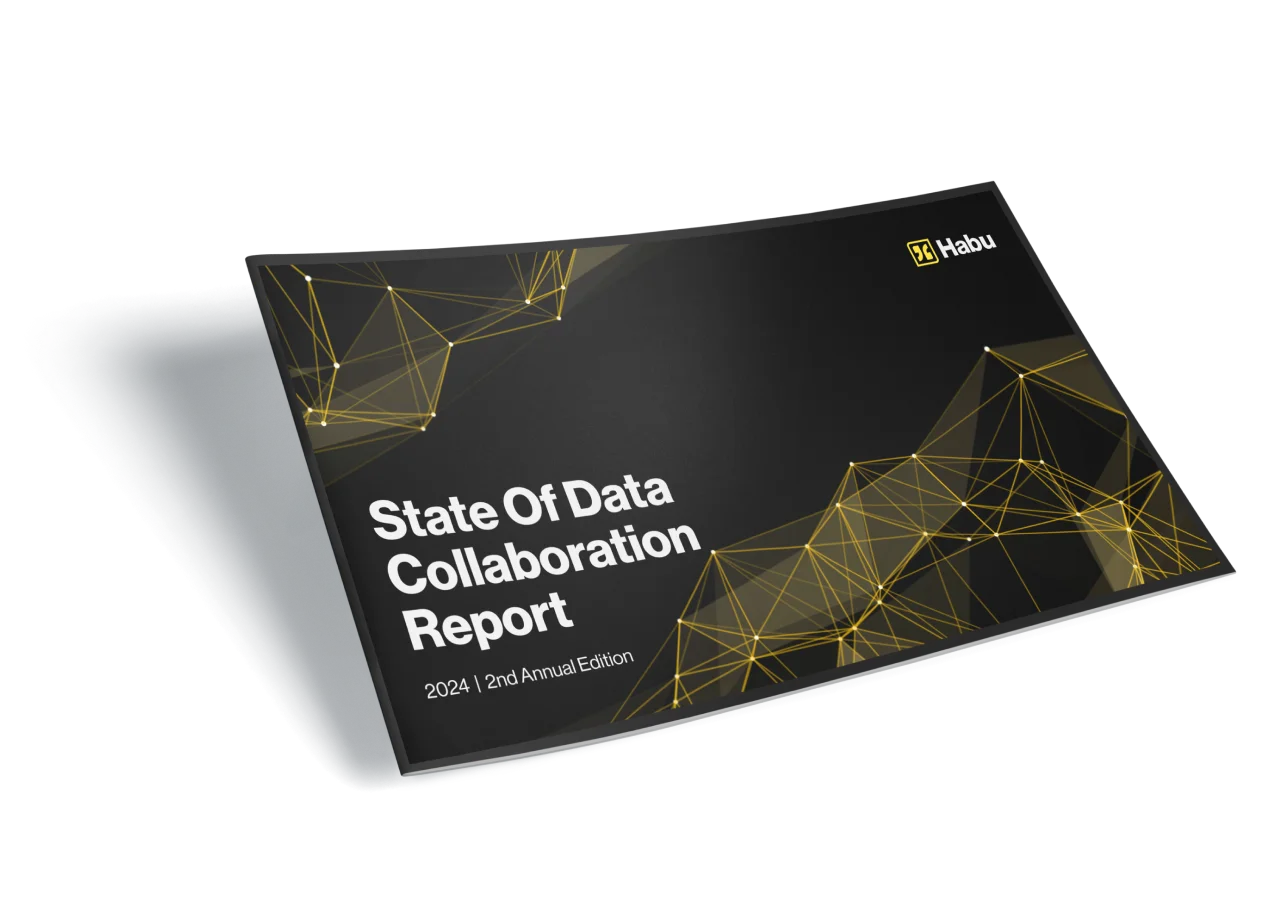Data Clean Rooms have become a highly sought-after solution for organizations that require secure data collaboration and analysis while maintaining the privacy and security of sensitive data. Habu provides a comprehensive clean room solution that leverages state-of-the-art technical measures to protect the privacy of data subjects and secure data collaboration.
Privacy is a complex issue that can be broadly categorized into two main components: consumer privacy and data governance. Consumer privacy is of utmost importance, as it involves the protection of personal information and data that is collected from individuals. This includes data such as names, addresses, financial information, and other sensitive information that needs to be kept confidential.
To ensure consumer privacy, Habu works in partnership with Ketch, a leading trust-by-design platform. Together, we implement robust privacy measures to protect consumer data and ensure that privacy rights are respected and upheld. With the ever-evolving privacy landscape, clean rooms provide a solution that can ensure consumer privacy is protected while still allowing companies to deliver better, data-informed experiences to consumers.
In terms of data governance, the core technical concept of Habu clean rooms is to keep data within its source and perform all data processing in the context of the clean room environment. This eliminates the need for data transfer and sharing, reducing the risk of data breaches.
Privacy management in Habu is flexible and tailored to meet the specific requirements of each client. Depending on the intended use case and the level of trust required, Habu offers various privacy solutions that cater to different trust models.
Habu’s approach to trust boundaries involves three key elements:

Habu TEE: Habu acts as a Trusted Execution Environment, providing a secure platform for applications to run. This means that the code running in Habu is trusted and secure, and applications can rely on this trust boundary to ensure that their data is protected.
Cloud Native Trust: Habu uses cloud primitives to compute, but it does not have access to your data. This means that the data remains within your control, and Habu provides a secure boundary between the data and the cloud computing resources used to process it.
Zero-Trust: Habu, as well as the underlying cloud provider, do not have access to the data. This means that all access to the data is tightly controlled and audited, and no cloud operator or Habu operator can access the data.
All the above environments are possible with numerous privacy enhancing techniques of Habu clean rooms that include:
- Data Encryption: Habu clean rooms provide robust encryption for data at rest, in transit, and during processing. Different methods can be chosen based on the specific use case, including source encryption, commutative encryption, and confidential computing. For example, source encryption can be used to encrypt the data at the source, which is then decrypted only during processing. On the other hand, commutative encryption allows data to remain encrypted even during processing, while still allowing for data analysis. Similarly, for confidential computing, data is processed with no ability to see decrypted data.
- Access Controls: Access to data in Habu clean rooms is restricted through access controls and dataset opt-in. All collaborators need to opt their data in before any analysis can be performed, ensuring that data can only be processed and accessed by authorized parties. For instance, an analyst may request access to a partner dataset to perform an analysis, but the request must be approved by the partner involved before the analysis can proceed.
- Differential Privacy: The results of the data analysis performed in the clean room can be controlled by the analysis creator, who has the option to apply differential privacy techniques such as K-min anonymity and noise injection to further protect the privacy of data subjects. For example, the analysis creator may choose to apply K-min anonymity to the results of an analysis to ensure that individual data is not exposed, even in the results.
- Technical Guarantees: Habu clean rooms offer technical guarantees that data remains secure and protected at all times, providing organizations with a secure environment for data collaboration and analysis. For instance, the data in the clean room is encrypted at rest, in transit, and during processing. Data processing is performed within the secure environment of a clean room.
Habu clean rooms provide a technically advanced solution for organizations that require secure data collaboration and analysis. With robust encryption, access controls, differential privacy, and technical guarantees, Habu’s clean rooms allow organizations to collaborate on data-driven projects with confidence, knowing that their sensitive data remains secure and protected. Whether analyzing customer data, financial data, or any other sensitive information, Habu clean rooms offers a secure and controlled environment for data collaboration and analysis.
In terms of use cases, there are a wide variety of places where data clean rooms can be used. These are just some examples of the application of clean rooms across different industries and verticals:
- Online Media: Clean rooms can be used by both publishers and advertisers to securely analyze online media data for insights and optimization. For publishers, data from their websites, mobile apps, and other digital channels can be analyzed to understand user behavior and engagement, as well as to make data-driven decisions about content and monetization strategies.
For advertisers, data from online media campaigns can be analyzed to understand consumer behavior and campaign performance and to make data-driven decisions about ad targeting and optimization. The secure and private environment provided by clean rooms helps ensure that consumer data is protected and that privacy regulations are met, while still allowing for the analysis of consumer behavior and the optimization of online media campaigns. - Marketing: Clean rooms can be used to analyze customer data to gain insights into consumer behavior and preferences. Data from multiple sources, such as website interactions, social media data, and demographic data, can be brought together in a secure environment for analysis. This allows marketers to personalize their campaigns, target specific segments of the market, and measure the effectiveness of their marketing efforts. Additionally, the secure and private environment provided by clean rooms helps ensure that customer data is protected and that privacy regulations are met.
- Retail: Clean rooms can be used to analyze customer data to gain insights into shopping habits and preferences. Data from multiple sources, such as purchase history, website interactions, and demographic data, can be brought together in a secure environment for analysis. This allows retailers to personalize their offerings and improve the customer experience.
- Healthcare: Clean rooms can be used to securely collaborate on medical research projects and studies. Data from various sources, such as electronic health records, medical imaging, and genomics data, can be brought together in a secure environment for analysis. This allows researchers to gain insights into the underlying causes of diseases and to develop more effective treatments.
- Finance: Clean rooms can be used to collaborate on financial data analysis, such as risk assessments and investment strategies. Data from multiple sources, such as stock prices, trading volumes, and economic indicators, can be combined in a secure environment for analysis. This enables financial institutions to make more informed investment decisions and minimize the risk of fraud.
- Manufacturing: Clean rooms can be used to analyze production data and optimize production processes. Data from multiple sources, such as production line sensors, energy consumption data, and maintenance records, can be brought together in a secure environment for analysis. This allows manufacturers to identify bottlenecks and inefficiencies in their production processes and to make improvements that increase productivity and reduce costs.
Interested in taking a deeper dive into Habu’s platform and privacy enhancing technologies? Schedule a demo with one of our experts to share your requirements and to learn how Habu can meet your use cases.


